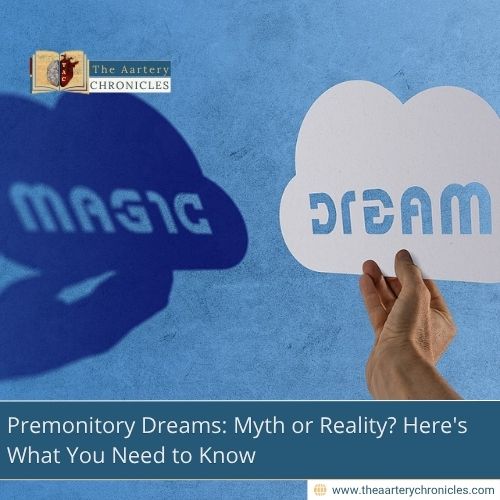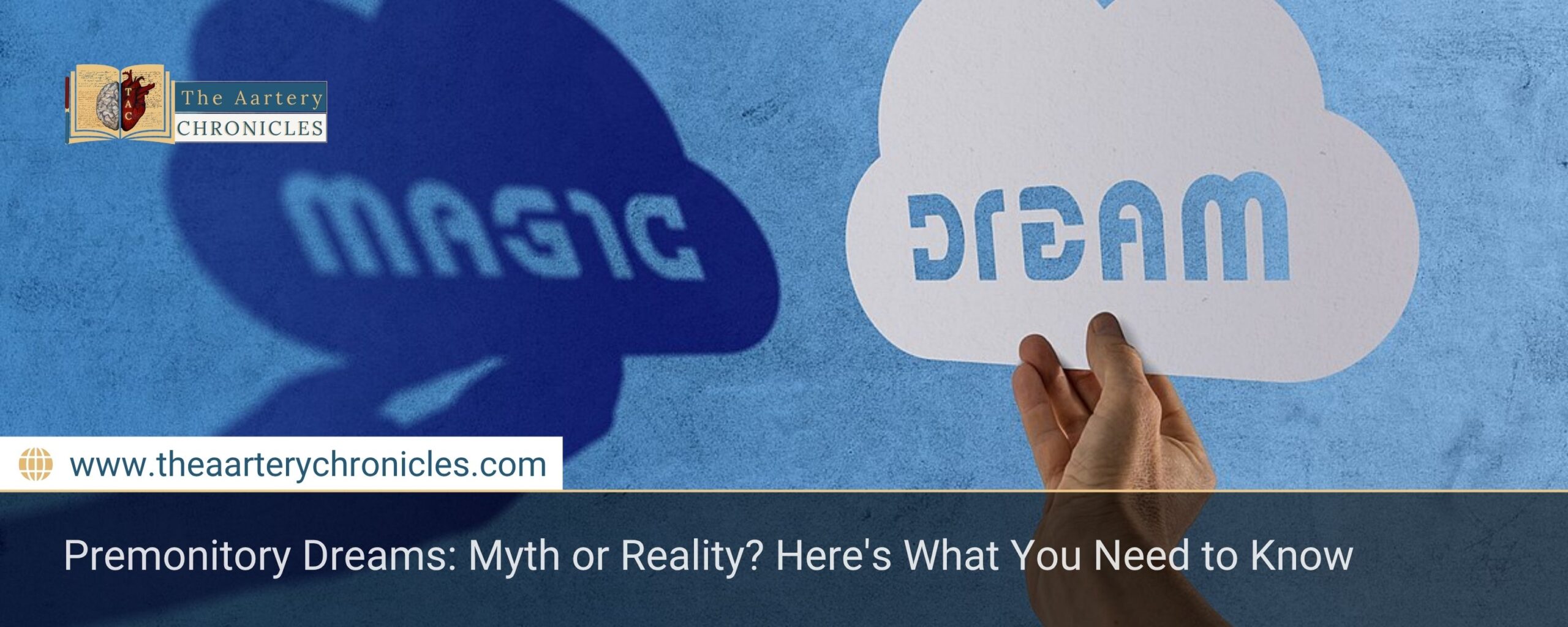

Premonitory Dreams: Myth or Reality? Here's What You Need to Know
Introduction
Premonitory dreams have been a phenomenon that has fascinated people for centuries. The ability to anticipate future events through dreams has inspired stories, legends and studies in different cultures around the world. Many wonder whether it is pure coincidence or whether there is a scientific basis behind this ability. In this article, we will explore the meaning of premonitory dreams, trying to understand if there is evidence to support their existence or if they are just the result of our imagination and emotions.
What Are Premonitory Dreams?
Dreams are dream-like experiences in which a person dreams of an event that later occurs in real life. This can range from small, everyday events to major catastrophes. Some believe that such dreams are a form of communication with a higher dimension or the subconscious, while others believe that they are simply the result of random associations or simple coincidences.
How Do They Manifest Themselves?
Premonitory dreams can be very vivid, so much so that upon awakening the person may feel particularly affected or uneasy. However, not all premonitory dreams are detailed. Some may be vague, representing only a sense of uneasiness or a warning, while others may seem specific, describing situations, places, or people that later manifest in reality.
Interpretation Of Premonitory Dreams
For centuries, dreams have been interpreted in different ways. In ancient times, priests and oracles were often consulted to interpret dreams as divine signals. In modern psychoanalysis, experts such as Sigmund Freud and Carl Jung have offered more scientific perspectives, suggesting that dreams may be a form of expression of the unconscious, where repressed thoughts or fears come to life in a dreamlike form.
Premonition Or Subconscious Processing?
According to some psychological theories, premonitory dreams could be the result of a subconscious processing of events and information already present in our mind. Our brain could connect details and subtle perceptions, creating a dream that seems to predict the future, but which in reality is only a creative interpretation of events already known at an unconscious level.
Science And Premonitory Dreams
Modern science has yet to find concrete evidence of the existence of premonitory dreams. Most explanations are based on the theory of coincidence or subjective interpretation. Some scientists believe that many people tend to remember dreams that come true and forget those that do not, thus creating the illusion of premonitory dreams.
Scientific Studies
Some studies have attempted to explore the phenomenon of these dreams, but the results are inconclusive. The main difficulty in scientifically verifying premonitory dreams is their subjective nature. Each person interprets and remembers dreams differently, making objective measurement difficult.
Summary Table
Characteristic | Description |
Definition | Dream that seems to anticipate a future event |
Demonstration | Vivid or vague dreams with a sense of premonition |
Historical interpretation | Considered divine or prophetic signs |
Psychological explanation | Unconscious processing of already known information |
Scientific evidence | There is no concrete evidence |
Real phenomenon or illusion? | Often attributed to coincidence or subjective interpretation |
Conclusion
Premonitory dreams remain a fascinating topic, suspended between myth and reality. While science has not yet confirmed their existence, many people continue to believe in them, finding in them a mysterious link with the future.









